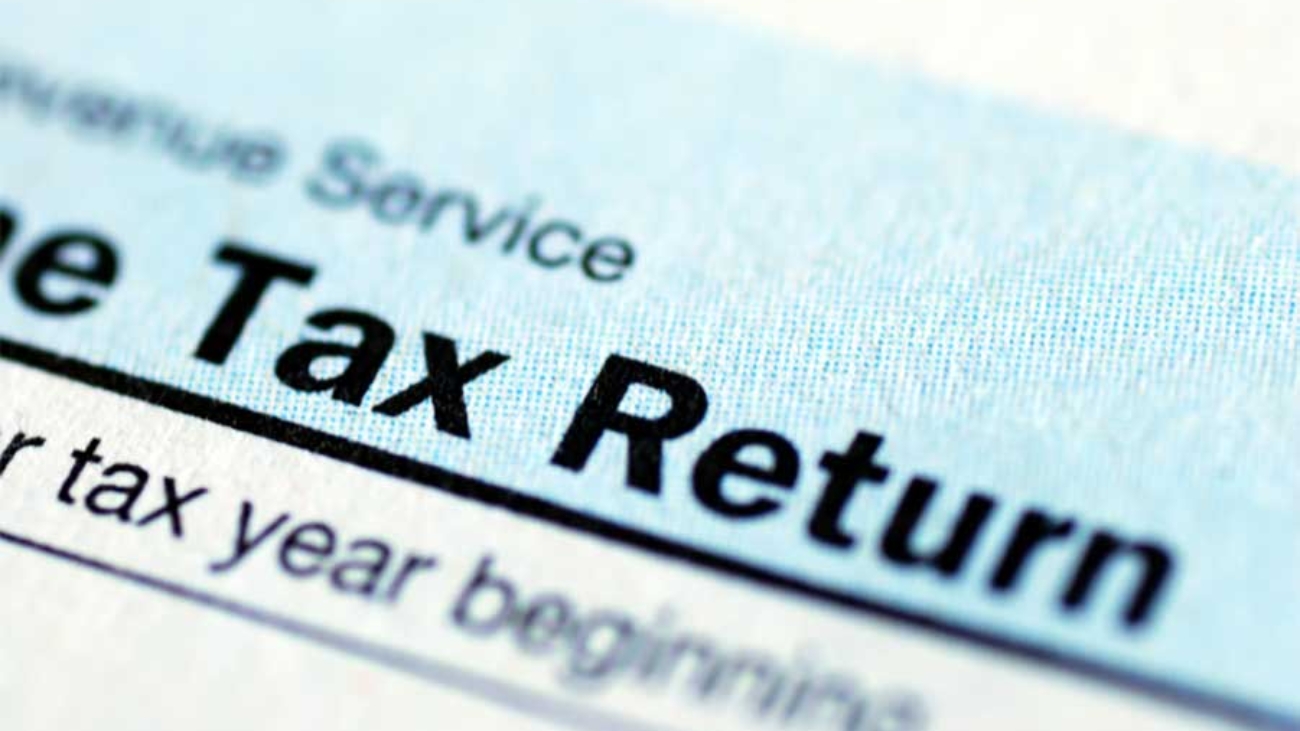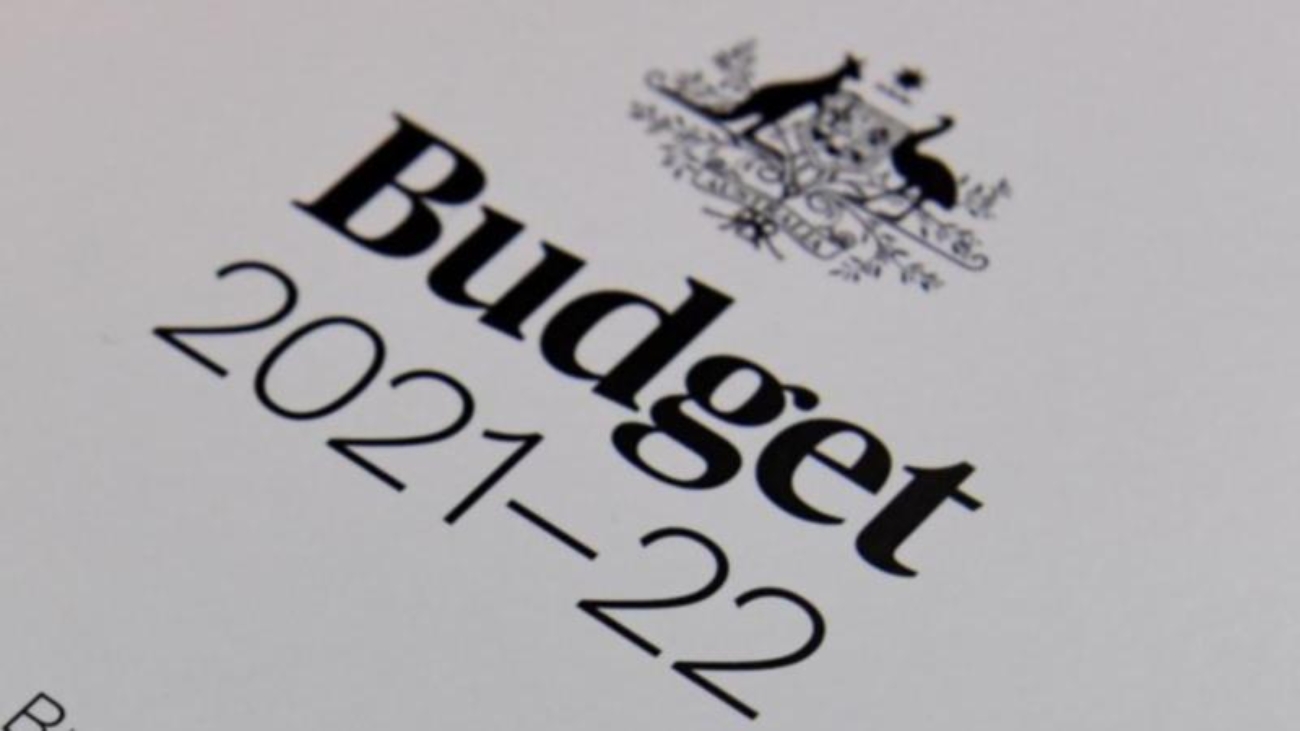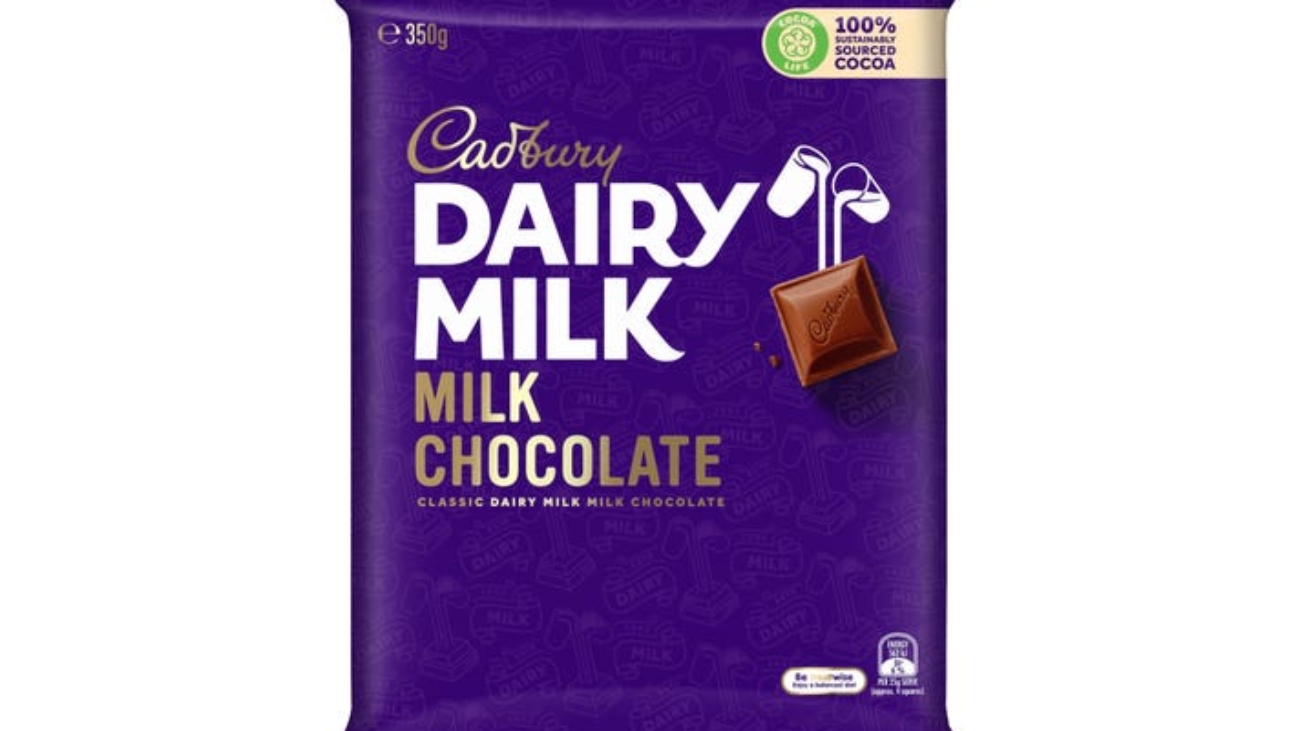Australians are working from home, now more than ever with the Covid-19 Pandemic going on. According to the Australian Bureau of Statistics (ABS), 2 in 5 people with a job (41%) worked from home at least once a week in February 2021 alone, which is a significant increase from the 24% which were working from home once in a week before March 2021.
If you want to optimise your tax return, read our blog “How to get the most out of your tax return for 20/21“ for a summary.
Working from home is the new normal for many people this year as the pandemic has changed the way we work. If you have been working from home in the last financial year, then keep reading to find out what deductions you can claim in your tax return as there have been changes made to the expenses you can claim as deductibles.
Following are some of the expenses you can claim if working from home.
- If you are working from home and have an exclusive area set for your activities, you may be able to claim for both occupancy and running expenses.
- Working from home occasionally does not make you entitled to occupancy expenses and deductibles even if you have a set area for your work at home.
- You can claim electricity expenses such as, heating, cooling, lighting of the area where you work and items you run while working. You cannot claim for periods when your work space is used for other purposes.
- Cleaning costs can also be claimed for a set work area.
- Home office equipment, such as computers, printers and telephones can be claimed as the full cost (for items costing up to $300), or depreciation cost (for items above $300).
- You can also claim a portion of your phone call expenses, including mobile phone and phone rentals if you can prove the share of your work related use.
- You can claim for a decline in value and depreciation of home office furniture and equipment to the extent that it relates to your work.
- Other deductibles include
- Computer consumables, such as printer ink.
- Stationary
- Repair and maintenance
It is important to talk to your accountant, or the ATO and keep record of your spending, if you are unsure about a particular expense.
For more information on what expenses you can claim when working from home, visit the ATO website here.





